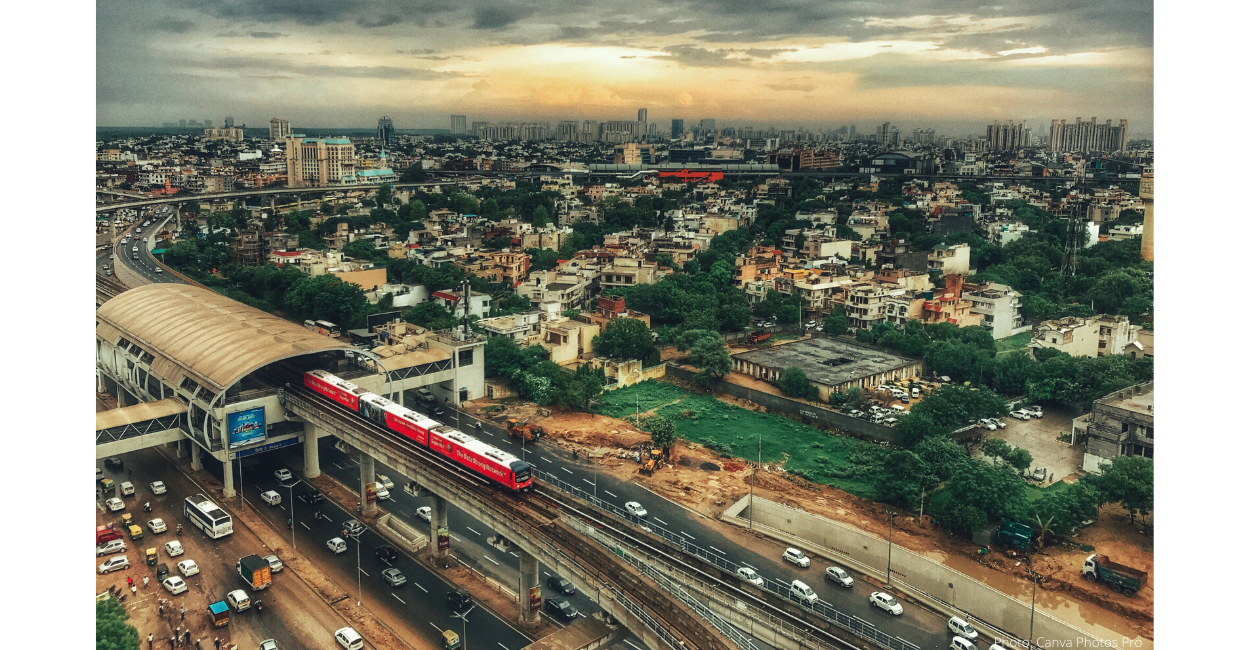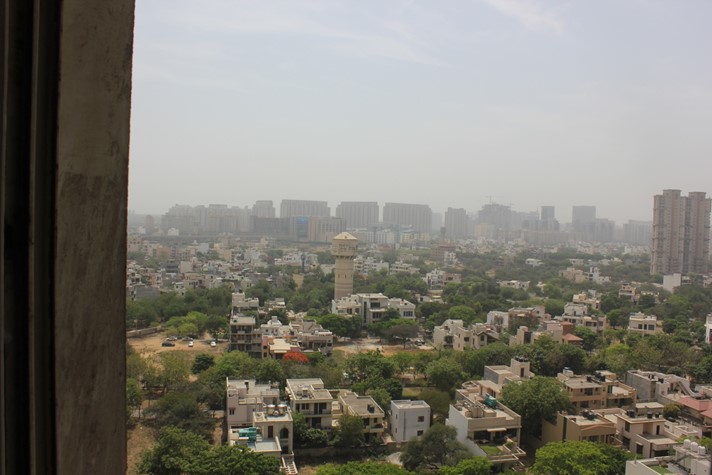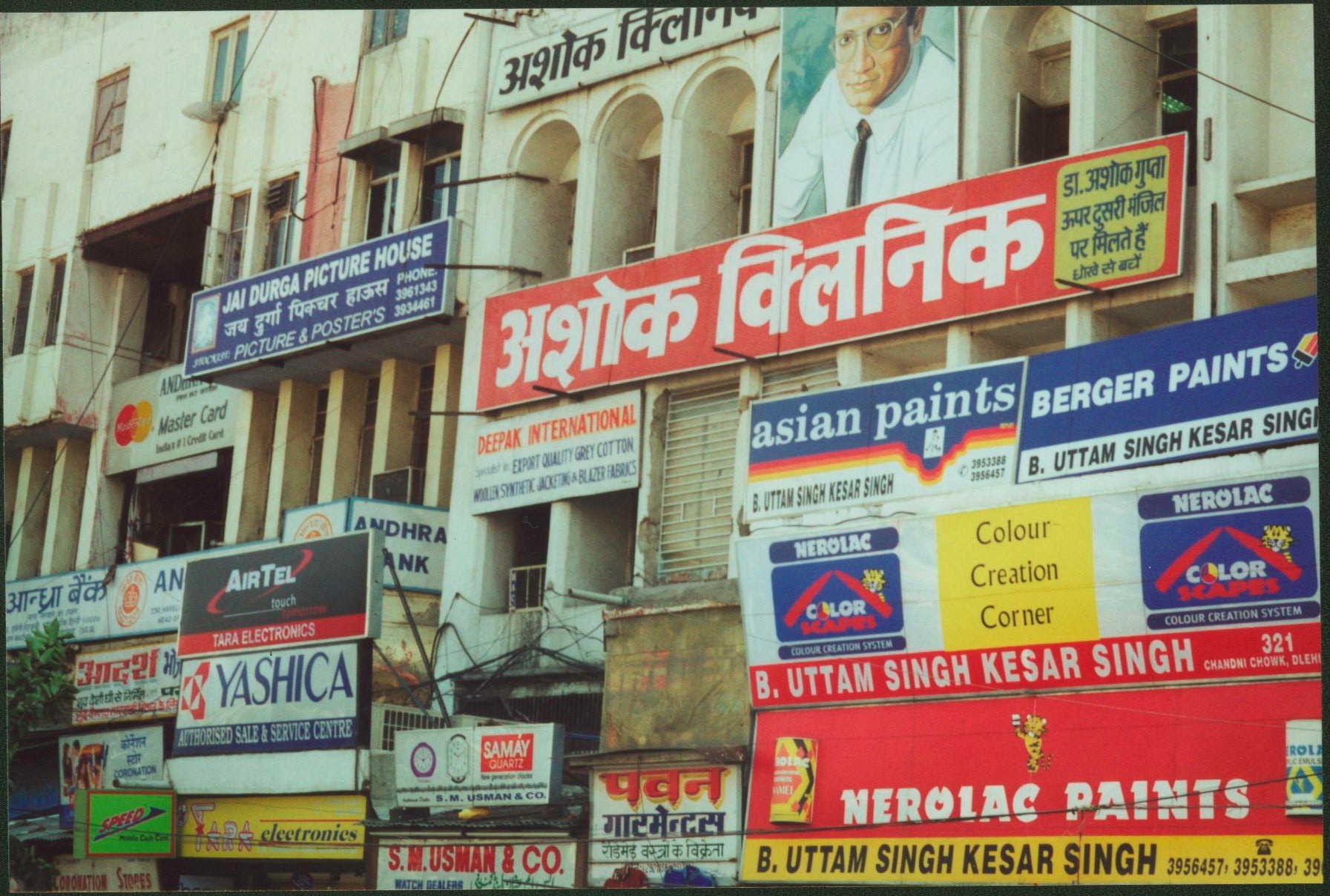Gurgaon/Delhi
Gurgaon - a city within the National Capital Region - lies in the state of Haryana and adjoins Delhi. It is a hub of international investment, with spectacular malls and symbols of globalized consumption and belonging. Wealthy neighbourhoods, sky-scraping condominiums and apartment complexes that house a new class of consumer-citizens are hidden behind privatized security. Woven through this new emerging space of the ‘satellite city’ are village-like settlements (peri-urban) with particular caste-class-religious configurations, which service the wealthy households through provision of maids, nannies (ayahs), cooks and where men engage in a variety of manual and non-manual labour e.g. security guards, drivers, cooks.
This starkly divided urban landscape reflects larger trends concerning socio-economic life in post-liberalisation India – rapid but unequal urbanization, emergence of new middle classes, and changing cultures of work and consumption.

Like other urban spaces, Gurgaon presents a deeply gendered cityscape. The lack of adequate public infrastructure, the nature of housing and public space (slums, townships, privatized spaces, spaces of consumption), as well as class and caste inequalities have direct implications for the lack of security, rights and property for women, and the construction of the urban space as a male preserve. At the same time, there is enhanced rights and mobility of some women (especially for those in the self-defined middle classes) which is changing the public perception, practice and narrative concerning women’s relation to the city.

Many parts of Gurgaon share the social conservatism and distinct patriarchal traditions that characterise the state of Haryana. The rapid neoliberalization of rural life in Gurgaon and the relative absence of progressive movements in the state of Haryana will form part of the story that we explore. Furthermore, the daily and seasonal migration of young men from neighbouring villages into Gurgaon also allows us to observe the outcome of the clash between these different cultural and social groups with attendant perceptions about women that inevitably arise.

